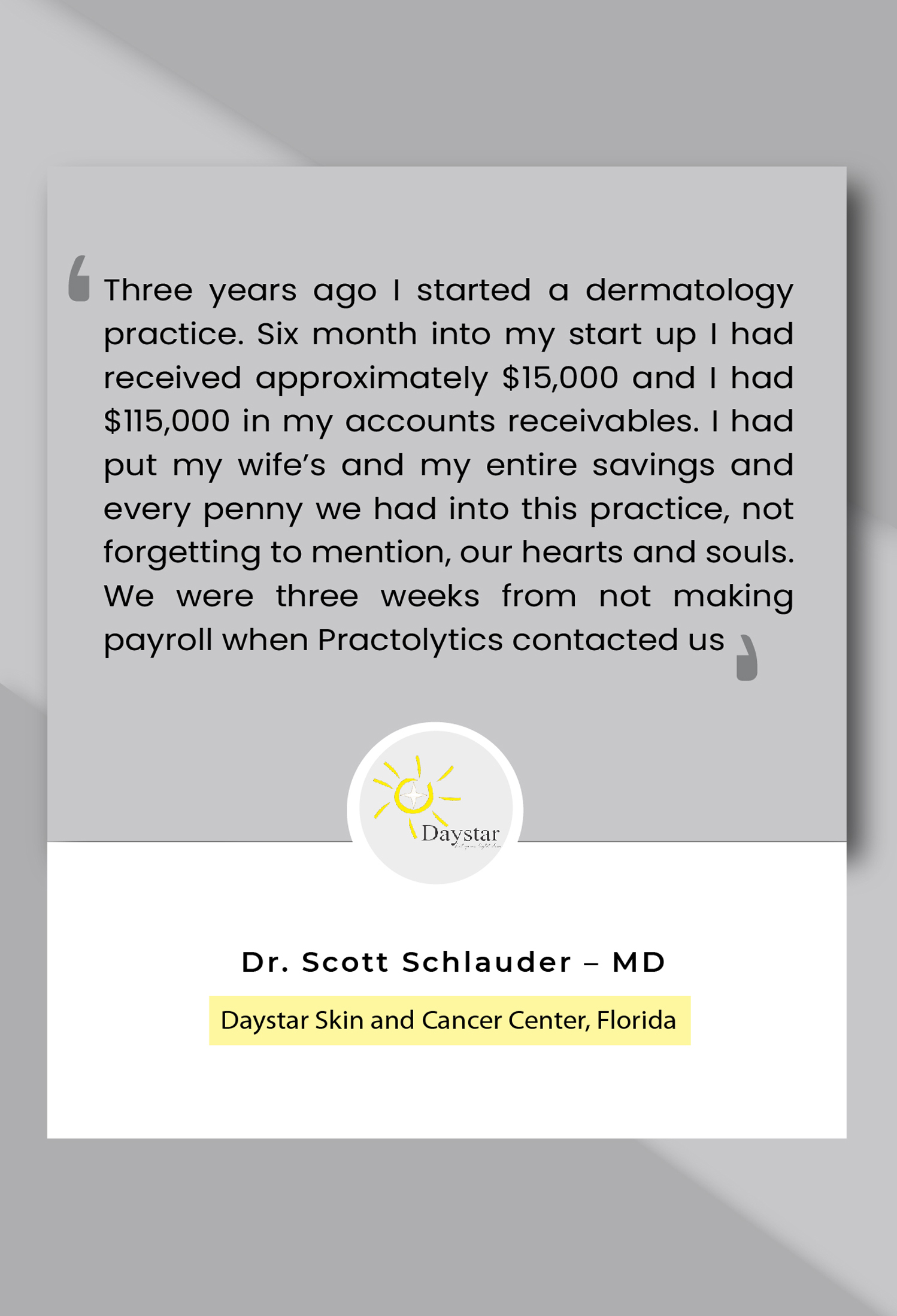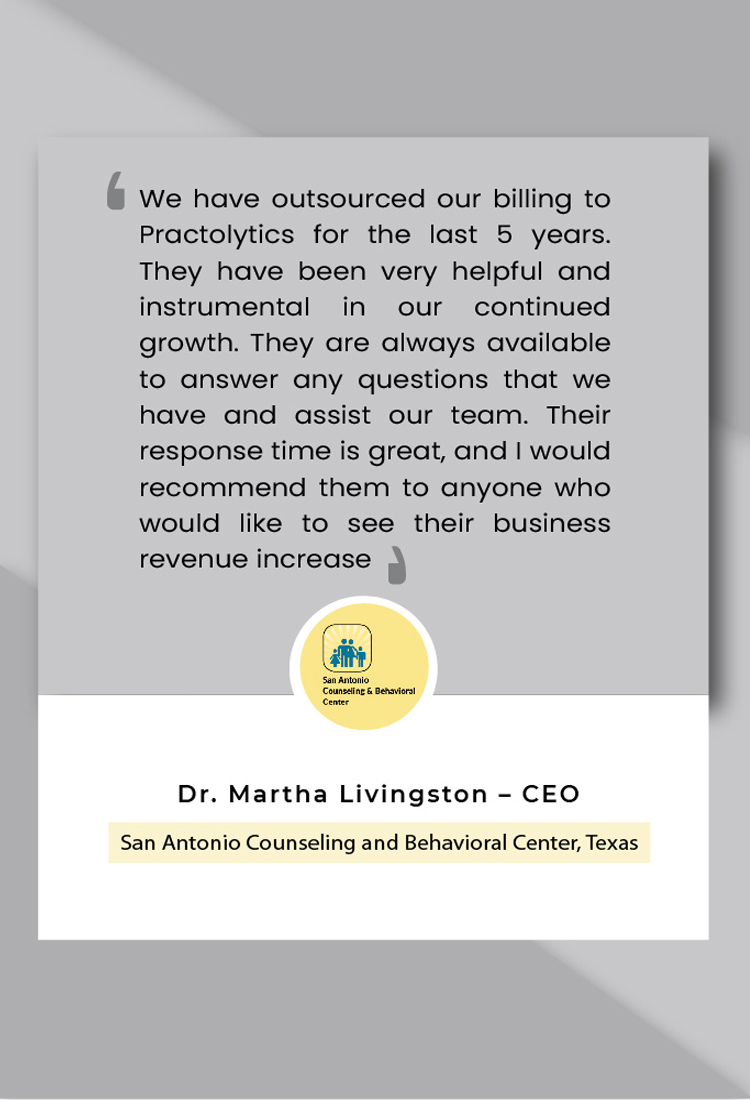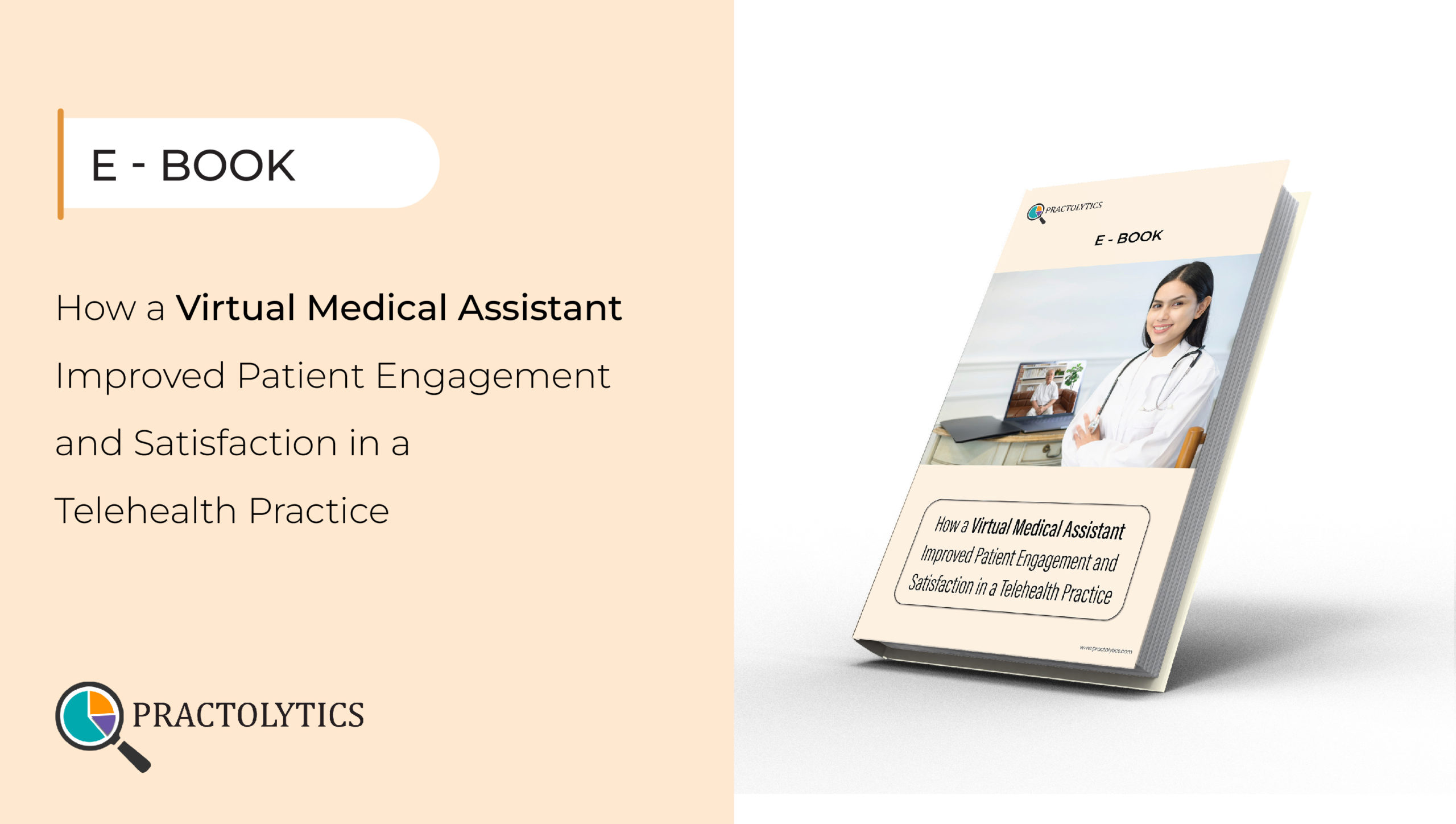What if your billing department ran as smoothly as your operating room? At Practolytics, we make that a reality. Our specialized ophthalmology billing services are built for practices just like yours—where precision matters, and every reimbursement counts. We don’t just “do billing.” We master the art of ophthalmology medical billing so you don’t lose money to coding errors, denials, or delays.
Here’s what partnering with Practolytics means:
With Practolytics, your ophthalmology billing becomes one less thing to worry about—and one more reason your practice thrives.
Book a consultation with our experts
Elevate Financial Performance with Tailored Ophthalmology Billing Services
Imagine having a billing partner who understands your specialty as well as you do. That’s what you get with Practolytics. Our ophthalmology medical billing services are built to meet the specific demands of eye care practices, from complex surgeries to routine vision exams. We don’t just process claims—we deliver end-to-end ophthalmology revenue cycle management that increases reimbursements and reduces stress.
Our team is trained in accurate, compliant ophthalmology billing and coding, so nothing gets left on the table. We also manage prior authorizations, follow up on denials, and keep your financial reports crystal clear.
Why choose us?
Let’s take your revenue performance to the next level.
Challenges in Ophthalmology Billing and How We Solve Them
Ophthalmology billing isn’t simple—between ever-changing codes, documentation demands, and insurance complexities, it’s easy to lose revenue. That’s where Practolytics comes in. As a trusted ophthalmology billing company, we tackle the toughest challenges with precision, using smart ophthalmology practice billing software and tailored ophthalmology medical billing services that actually work.
Here’s how we make billing easier:
We don’t just solve problems—we prevent them from happening in the first place.
ICD-10 and CPT Coding Accuracy for Ophthalmology
In ophthalmology, coding isn’t just technical—it’s critical. One wrong digit in a CPT or ICD-10 code can delay or even deny payment. At Practolytics, we go beyond basic ophthalmology billing by prioritizing precision. Our team stays updated on the latest code changes and payer rules, so you don’t have to.
Why practices trust us over other ophthalmology billing companies:
With us, every claim starts with clean, correct coding.
Frequently Asked Questions
Why should I consider outsourcing ophthalmology billing?
Because your time is better spent with patients—not paperwork. By handing over your billing to a team that eats, sleeps, and breathes ophthalmology RCM, you stop losing money to rework, delays, and denials. You gain clarity, control, and cash flow—all at once.
What you really gain:
- Fewer billing errors = faster payments
- Less admin work = more patient focus
- Experts who know your codes = higher reimbursements
- Clean claims that pass the first time
How can billing software made for ophthalmology improve my revenue cycle?
Generic billing tools don’t cut it when you’re dealing with complex ophthalmology procedures. That’s why practice-specific billing software is a game changer. It understands your workflow, flags missing codes, and integrates seamlessly with your EHR—making every part of your revenue cycle smoother.
-
- Tracks claims in real-time
- Automates coding validation
- Syncs with your EHR for fewer errors
- Gives you analytics that actually make sense
More automation. More visibility. More revenue.
What kind of billing mistakes should I be watching for?
Oh, there’s a whole list—but here are the big offenders:
- Missed or wrong modifiers
- Incomplete documentation
- Using outdated CPT/ICD codes
- Submitting without eligibility verification
These are the tiny things that cause big delays. The kind of stuff we triple-check before any claim goes out.
What’s the actual benefit of full revenue cycle management?
It’s like having someone manage your finances, follow up on your to-do list, and handle all the annoying insurance calls—while you focus on treating patients. From verifying coverage to posting payments, everything is tracked, followed up, and optimized.
No more:
- Missed reimbursements
- Endless back-and-forth with payers
- Guesswork about what’s working (or not)
Growth starts when your revenue stops stalling.
Which ophthalmology codes do you see most often?
We’re constantly working with codes like:
- 92004 / 92014 for eye exams
- 65855 for laser surgery
- H40.9 for glaucoma
- H25.9 for cataracts
But honestly, it’s not just about knowing them—it’s about knowing when and how to use them right. That’s where real results come in.
How much does coding actually affect what I get paid?
A lot. Coding is your financial translator—it tells payers what you did and why they should pay for it. If it’s off, even a little, you either get underpaid or not paid at all. That’s why we put a lot of energy into getting it right the first time.
You get:
- Maximum reimbursement for every service
- Cleaner claims with less back-and-forth
- A lower chance of audits or paybacks
Think of coding as the difference between “maybe” and “paid.”
Does billing software integrate with my EHR?
Absolutely. No double entry, no clunky exports. Integration means everything talks to everything—your notes, your codes, your claims. It keeps data flowing cleanly from your clinical side to your financial side, and that’s where the magic happens.
What integration really gives you:
- Fewer data errors
- Faster charge capture
- Better billing consistency
- Smoother workflow for your staff
It’s seamless. And it saves hours—every single day.
What trends should I know about in ophthalmology billing?
Ophthalmology billing is evolving fast—and staying ahead means getting smart with tech and compliance. Here’s what’s trending now:
- Predictive denial prevention using AI
- Automated pre-auth and eligibility tools
- Real-time reporting dashboards
- Stricter enforcement of documentation rules
Billing is no longer just transactional. It’s strategic. And it’s your competitive edge.
Are there specific compliance rules for billing in ophthalmology?
Yes—and they’re non-negotiable. From HIPAA to payer documentation standards, ophthalmology billing must meet strict guidelines. Missing just one can lead to denials or worse, audits. That’s why every step we take is backed by compliance-first thinking.
We ensure:
- Modifier use that aligns with payer policy
- Proper separation of diagnostic vs. procedural coding
- Documentation tied to codes for audit defense
- Full HIPAA compliance across systems and teams
No shortcuts. Just bulletproof billing.
How do I reduce claim denials in ophthalmology billing?
Start by submitting better claims—fewer mistakes, tighter documentation, and making sure each patient’s eligibility is verified upfront.
Here’s how denial prevention happens:
- Claims scrubbed before submission
- Eligibility verified up front
- Real-time alerts for missing info
- Smart use of modifiers and code pairings
It’s not about working harder—it’s about working smarter, from day one.
Can someone help with credentialing and payer enrollment too?
Yes. And honestly, you shouldn’t have to deal with it on your own. Credentialing and payer enrollment are key to keeping your revenue flowing—without them, you can’t bill. We handle it from start to finish so you stay focused on care, not contracts.
We take care of:
- Initial applications
- Re-credentialing and updates
- Follow-ups and status tracking
- Payer communication and compliance
No guesswork. No paperwork pile-ups. Just a smoother path to getting paid.,/p>
What should I actually be tracking in my billing?
You don’t need a dozen spreadsheets—but a few key metrics tell the whole story:
- How long it takes to get paid (Days in A/R)
- How many claims go through clean the first time
- Denial rates and why they happen
- What percentage of what you’re owed you’re actually collecting
We help you track all of this—and make sense of it too.
Resources
Streamlining Public Health: The Power of Efficient Medical Credentialing Services
Discover the importance of medical credentialing in public health. Ensure quality care, compliance, and efficient service delivery with trusted providers.
Lessons from the Field: Addressing Prior Authorization Challenges in Rural Healthcare
Rural healthcare faces delays due to prior authorization rules. Learn how streamlined processes and expert solutions can improve patient care and reduce denials.
How a Virtual Medical Assistant Enhanced Engagement & Satisfaction in Telehealth Practice
Discover how Practolytics’ Virtual Medical Assistants help telehealth practices improve patient engagement, reduce stress, and streamline communication.
Stay in the loop
Sign up for our monthly newsletter
By subscribing, I consent to the processing of the personal data that I provide Practolytics in accordance with and as described in the privacy policy.











